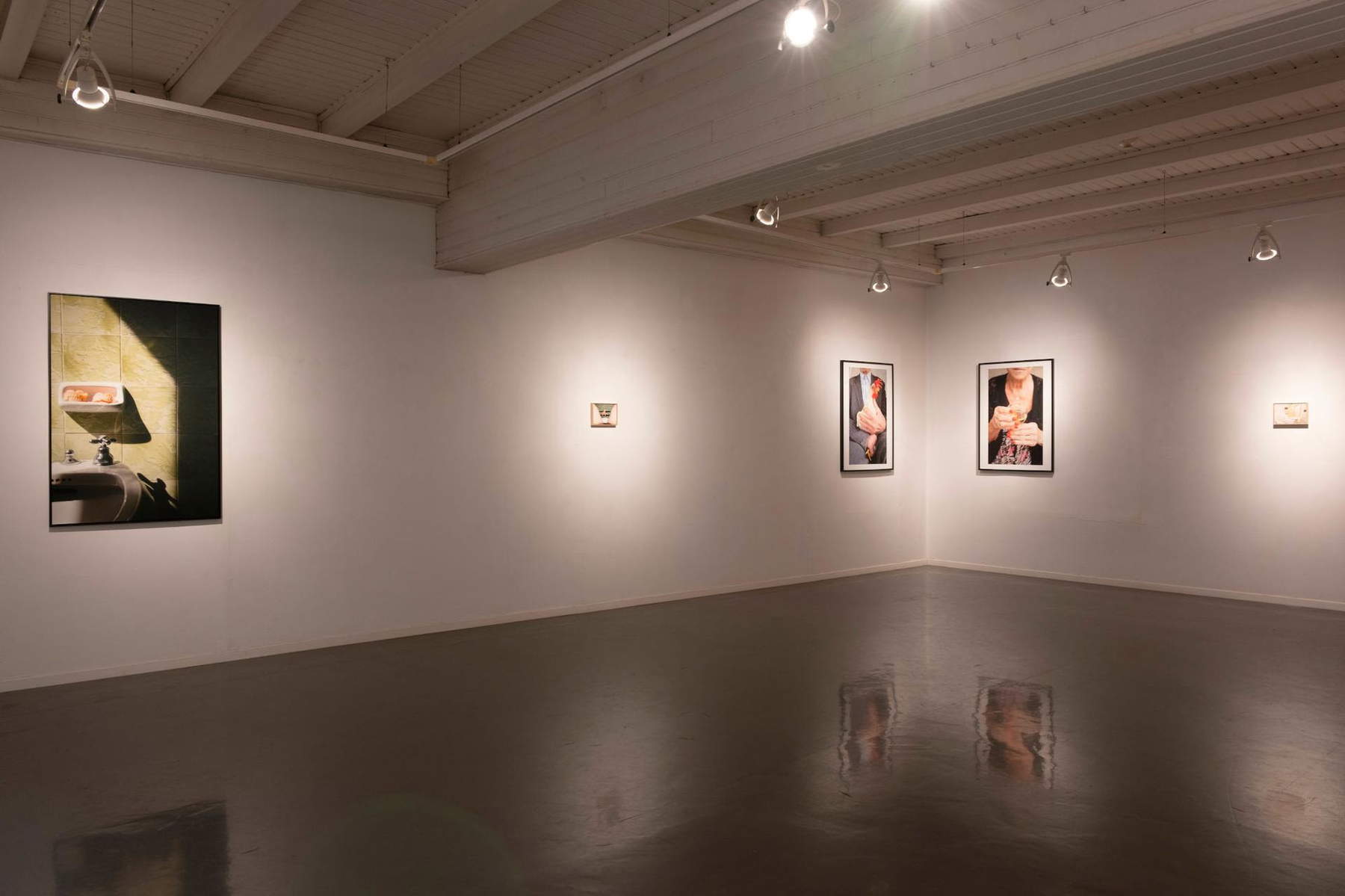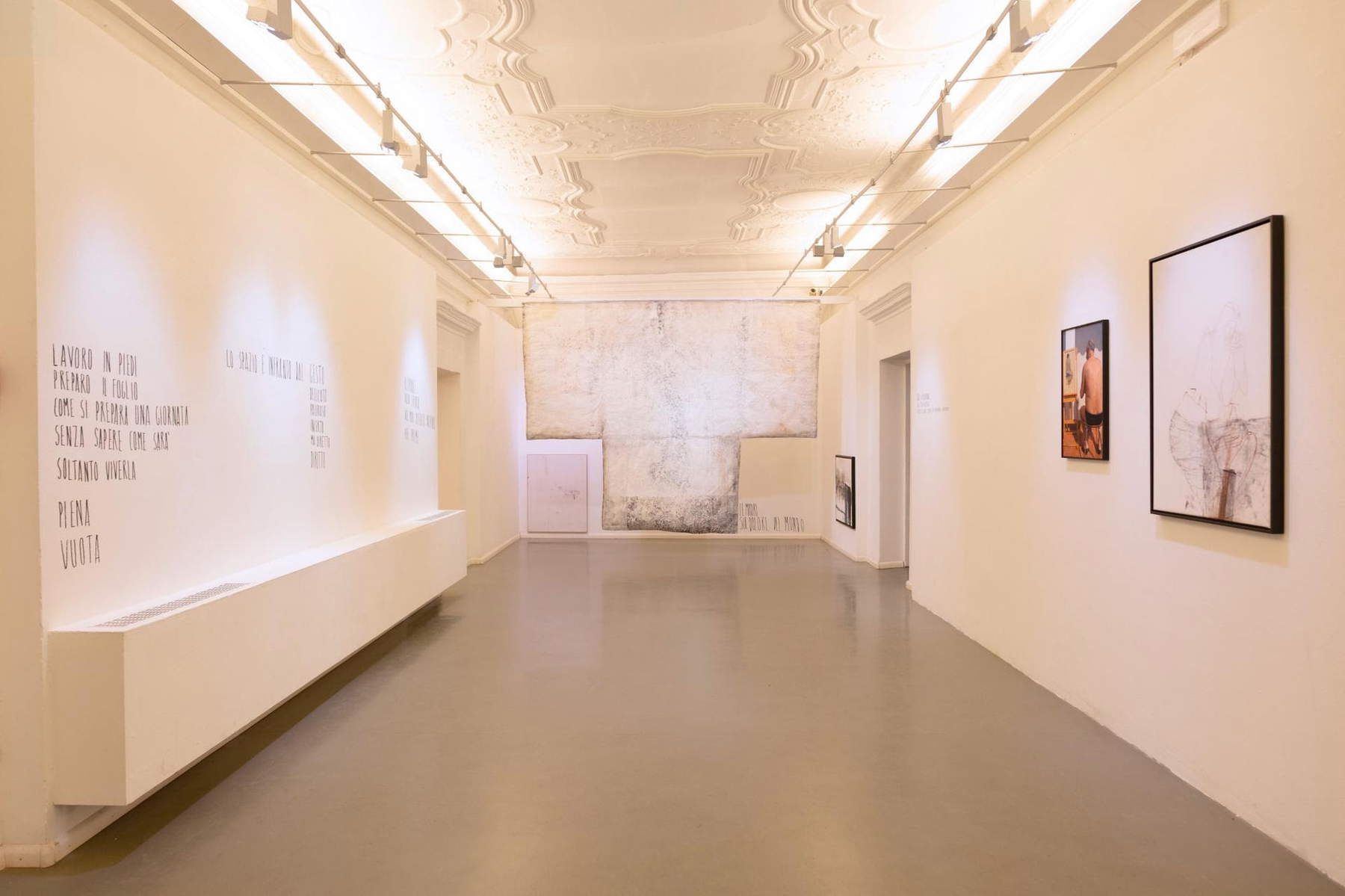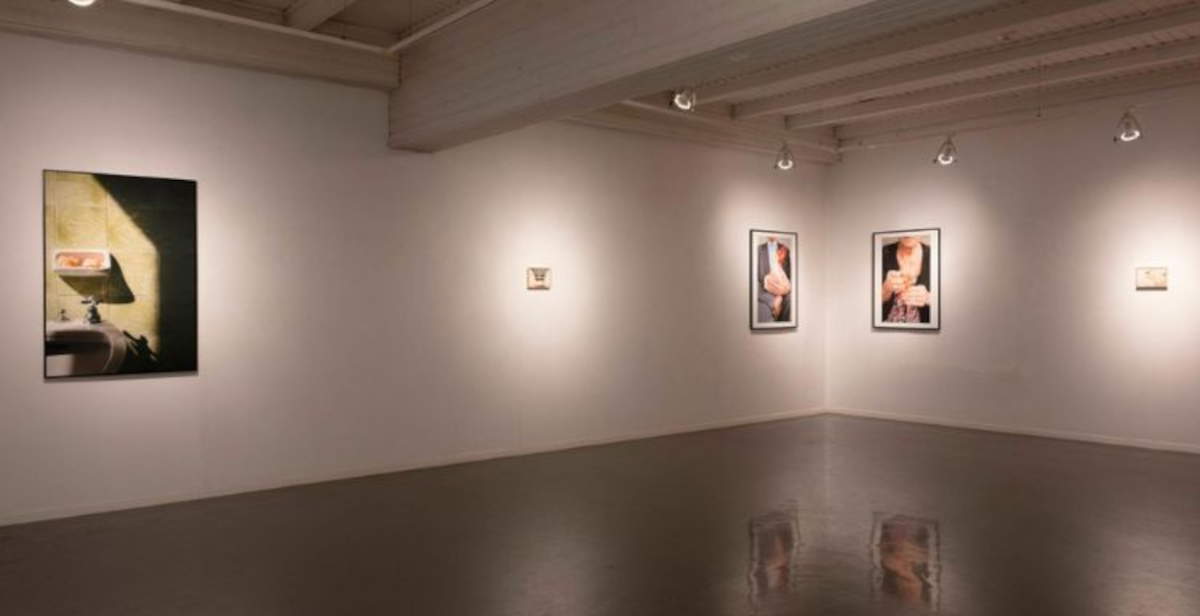Opening tomorrow, Saturday, July 19, at the Museum of Contemporary Art in Cavalese (Trento), is the exhibition Three Acts. Pichler, Zhuka, Marinelli, curated by Elsa Barbieri. The exhibition project, which can be visited until Nov. 2, 2025, takes the form of an articulated path between the interior spaces of the museum and the natural landscape of Rio Gambis, configuring itself as a diffuse exhibition that interweaves contemporary art, nature and existential reflection. Promoted by the Municipality of Cavalese and realized with the support of the Region of Trentino Alto Adige, Cassa Rurale Val di Fiemme, APT Fiemme Cembra, Pro Loco - Eventi Cavalesani and Magnifica Comunità di Fiemme, the exhibition confirms the commitment of the Museum of Contemporary Art of Cavalese in building a dialogue between art and community, through exhibition paths that relate the individual research of the artists to the history and sensitivity of the local context.
"Three Acts brings into play the logic of humanity, as a kind of last resort not to disappear,“ explains Elsa Barbieri, director of the museum and curator of the exhibition. ”In the first instance, approaching Pichler, Zhuka and Marinelli without forcing any thematic dialogue, I saw in them ’the painter’ that Merleau-Ponty said was the only one who had the right to look at all things without any obligation to evaluate them: they are here, among us, strong or weak in life, unchallenged sovereigns in their meditation on the world, possessors of the technique that their eyes and hands have conquered by dint of seeing, doggedly striving to draw something from this world in which the scandals and glories of history resonate. It was then, on the wave of this reflection, that from glow to glow I found myself part of the endless and free narratives that spring from the interweaving of their works, that is, the first place where the wonder of being oneself manifests itself."
The protagonists of the initiative are Anneliese Pichler (Cavalese, 1962), Erjola Zhuka (Durazzo, 1986) and Giuseppe Marinelli (Castellana Grotte, 1990), artists from different generations and geographical backgrounds, united in a project that does not aim to seek a unifying thematic thread, but rather to propose three autonomous and distinct approaches, brought together under a title that claims the tripartite and independent nature of the whole: Three Acts.

The exhibition offers a multi-voiced reading on existence, matter and perception. Starting with the title, the curator defines a layout that harks back to the theatrical form to indicate the presence of three autonomous and consequential segments that, while not directly intersecting, are presented as part of a single narrative. Each artist occupies a specific space in the dialogue between body, environment and matter, in a constant tension between abstraction and concreteness, between observation and physical involvement.
Anneliese Pichler, a local artist, works on material and gestural painting, built on canvas and framed paper supports. Her works are conceived as epidermal, skin-like surfaces that envelop, hold and bear witness. The fabric becomes a vehicle for instinctive expression, but organized according to a precise formal logic, in which the choice of color is never random and the pictorial sign becomes a trace of an identity. The pictorial act, while remaining abstract, recalls the human dimension through the language of the body, its tensions and vibrations. Each canvas is configured as a place of crossing and memory, where the pictorial material holds the echo of a personal gesture and experience.
With an equally direct gaze but a different linguistic matrix, Erjola Zhuka offers a series of photographs that place the imperfect body, marked by time, history and the dynamics of defense, at the center. Far from any aestheticization, Zhuka’s photography confronts real and vulnerable subjects, depicted without mediation or filter. The bodies that appear in his shots show wounds, deformations, incorrect postures, but precisely in this total exposure is manifested an act of resistance to indifference. The camera becomes an instrument of ethical and political observation, and at the same time a means of affirming the legitimacy of existing beyond any norm or idealization.

Finally, Giuseppe Marinelli exhibits steel wire sculptures that inhabit both the museum rooms and the banks of the Rio Gambis. His silent, nocturnal creatures, shaped with precision through a manual technique that weaves metallic materials, restore the essential form of animals such as deer, foxes, deer and wolves. The installations, designed to be visible even during the evening hours thanks to an outdoor lighting system, create a symbolic bridge between man and the animal world, between the visible and the invisible, between the artificial and the natural. The works are rooted in the territory of Trentino, which Marinelli has known for years, and from which he draws inspiration to shape an archetypal fauna, poised between myth and reality. Sculpture, in this context, is not only artistic expression but also a device for relating to the landscape and its inhabitants.
The Three Acts exhibition is thus configured as a path of immersion, rather than contemplation, where the visitor is invited to move, observe, pause and reflect. The interaction between works, museum space and natural environment becomes an integral part of the experience, accentuating that processual and open dimension that characterizes the entire project. The absence of an unambiguous narrative or direct message allows the works to act autonomously, while maintaining a collective balance built on the common tension toward the search for meaning, in an often ambiguous and unstable reality.
 |
| In Cavalese, Trento, the exhibition "Three Acts": three artists between abstraction, matter and landscape |
Warning: the translation into English of the original Italian article was created using automatic tools. We undertake to review all articles, but we do not guarantee the total absence of inaccuracies in the translation due to the program. You can find the original by clicking on the ITA button. If you find any mistake,please contact us.